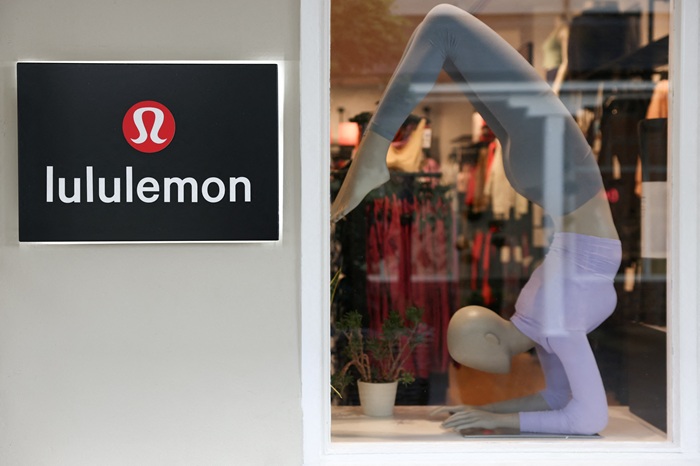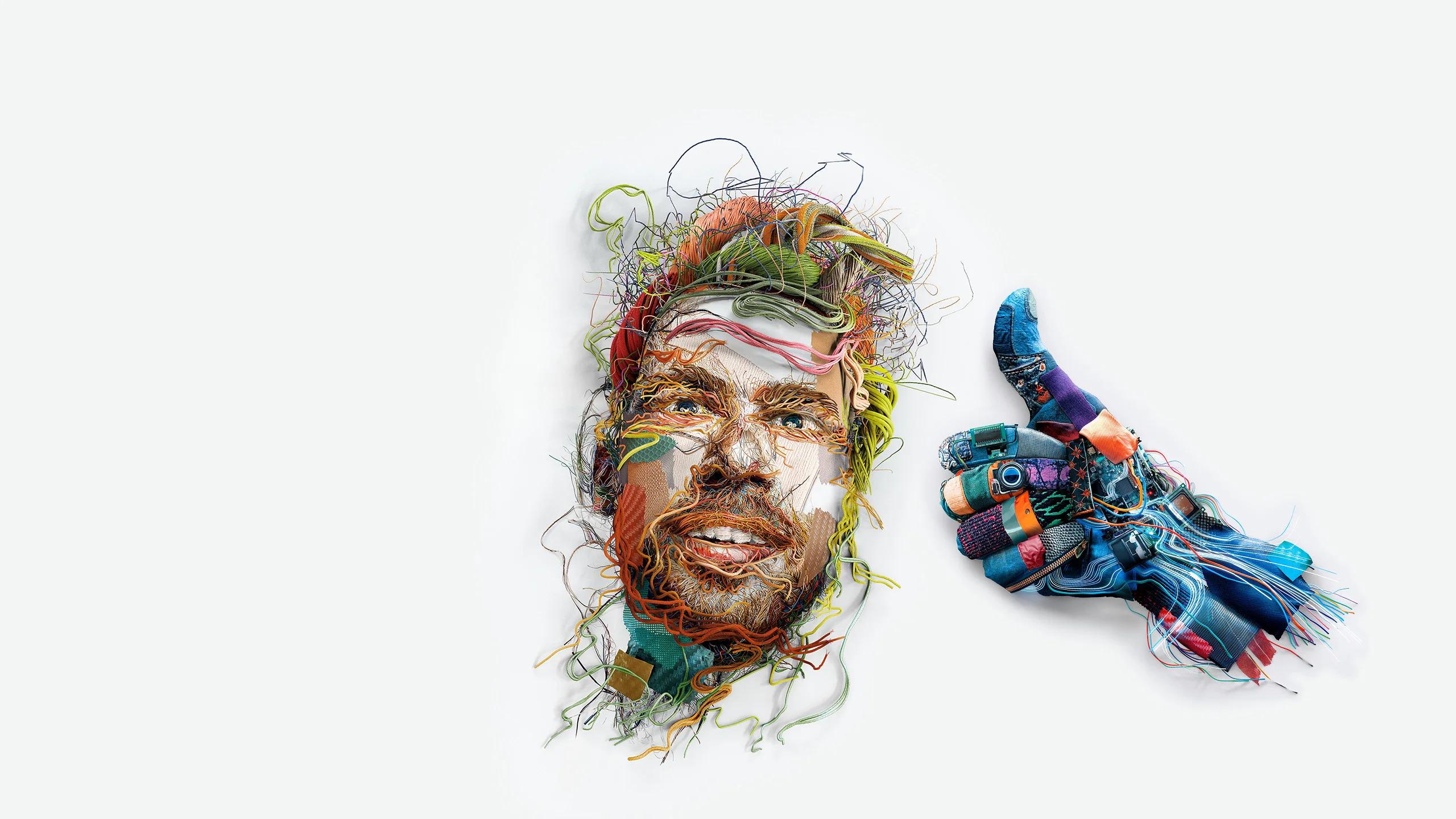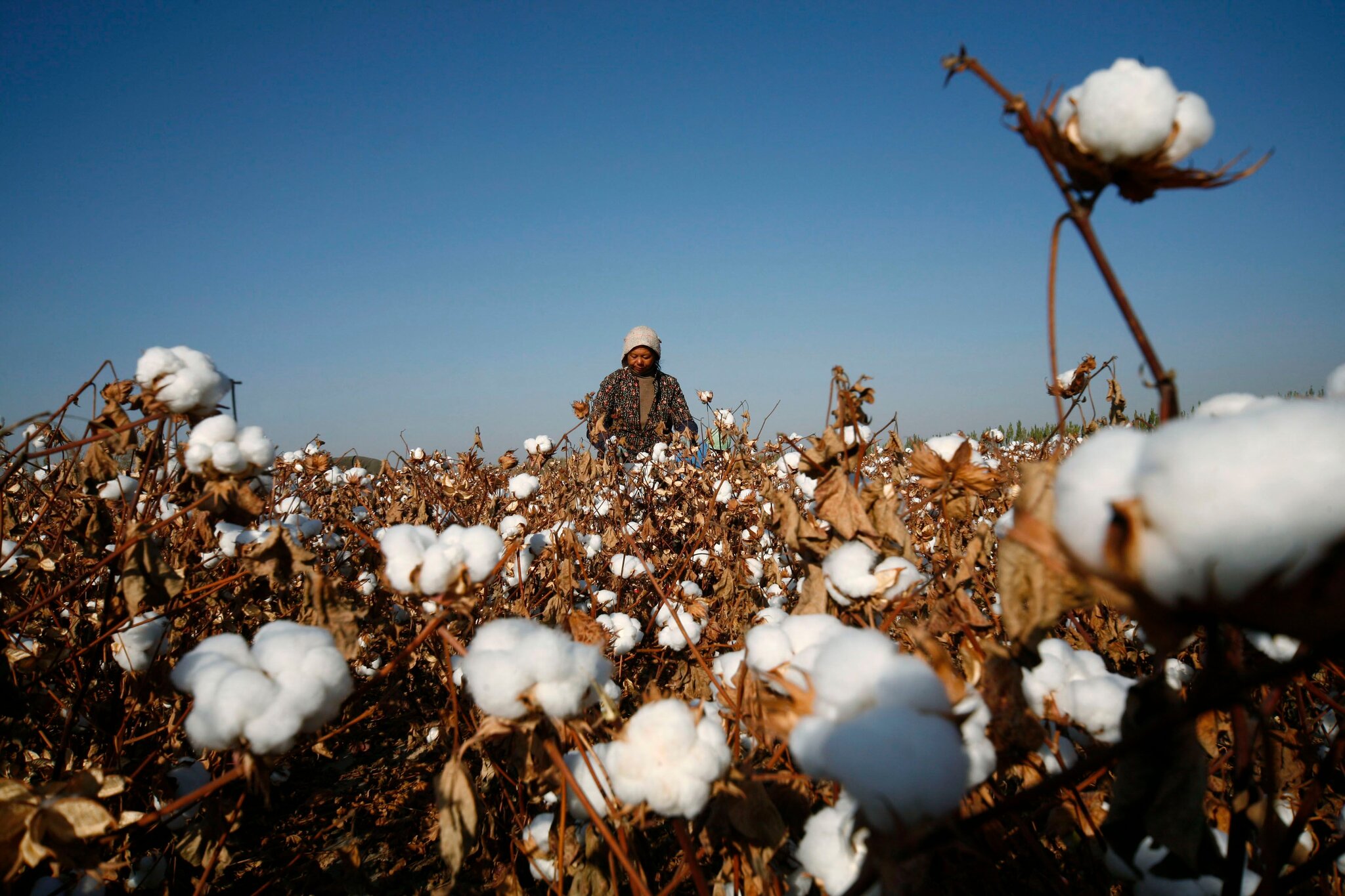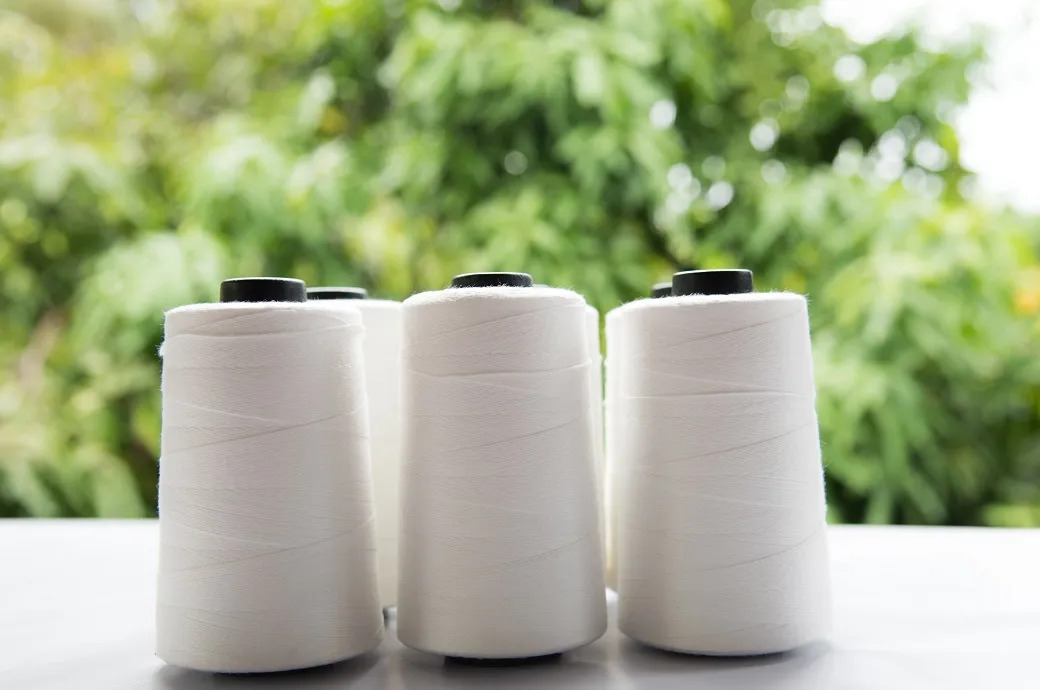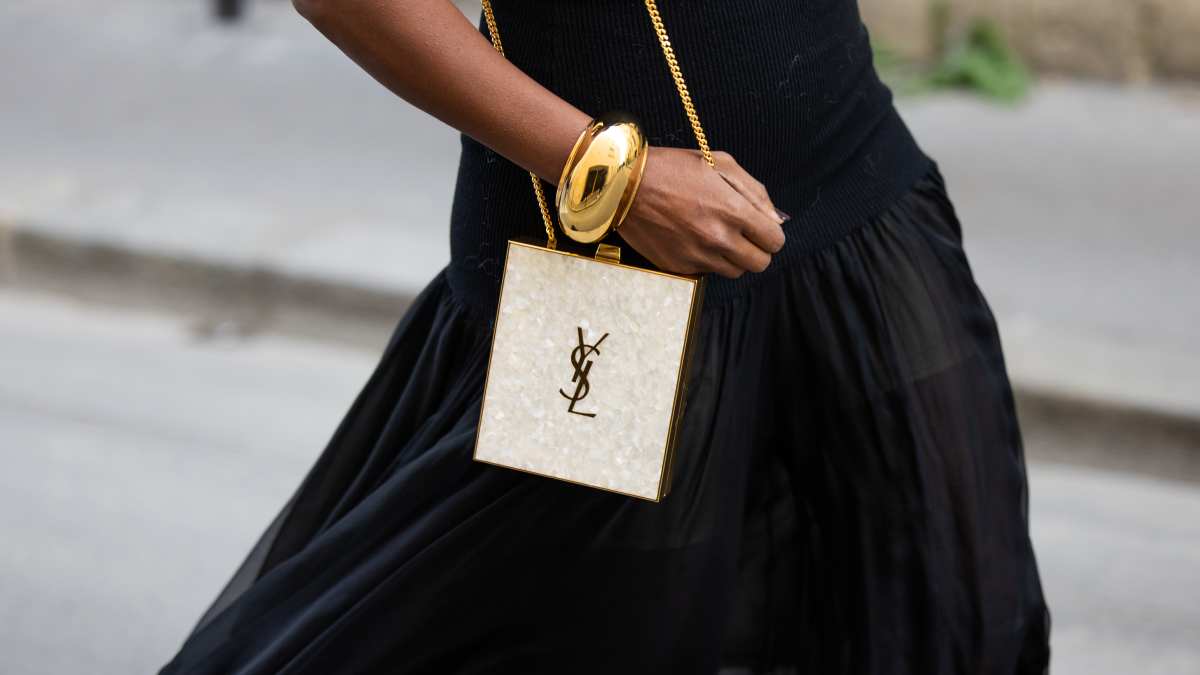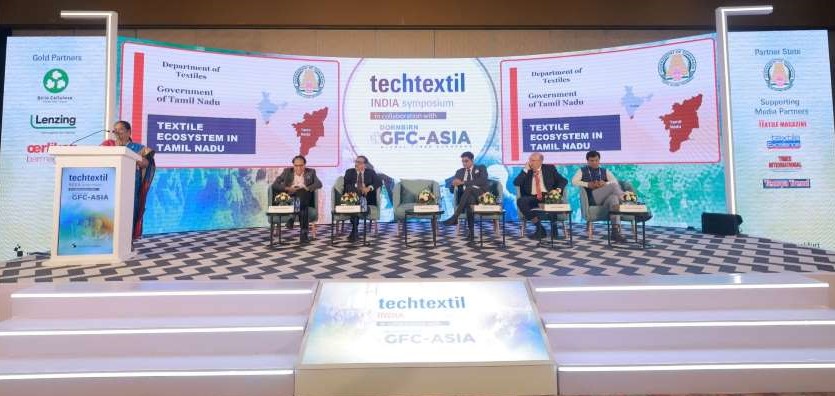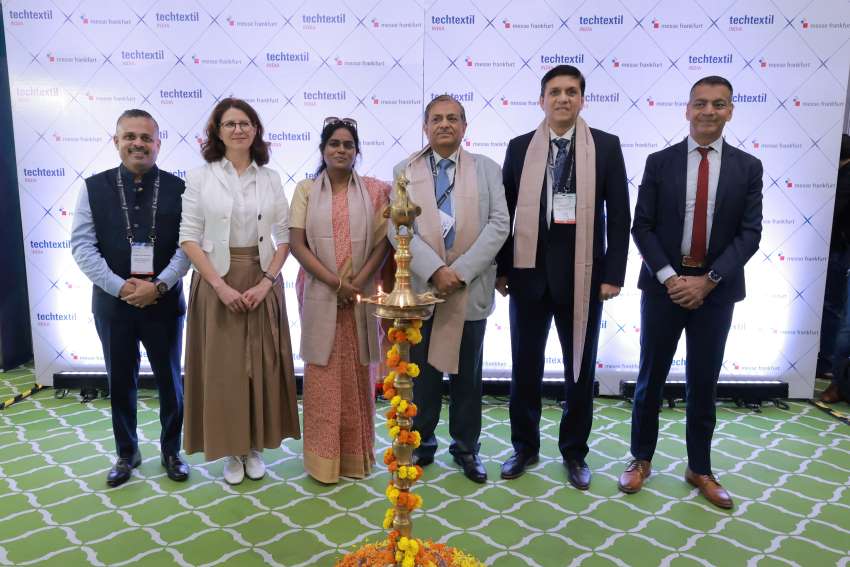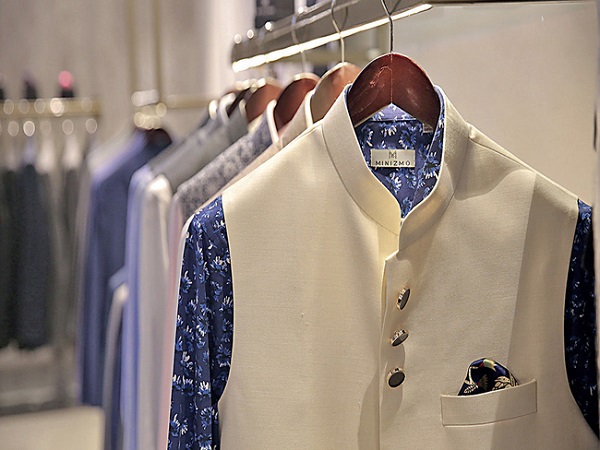
With the global menswear market expected to register a CAGR of 5.7% during the forecast period of 2022 to 2027, the demand for occasion-specific clothing among a rising class of consumers with more spending power.
Chinos and casual wear garments are the bestsellers
The global menswear product portfolio is segmented by product type, distribution channel, price ranges, and geographical layouts among others. The distribution retail market is segmented into offline and online retail stores in both emerging and established markets across the globe. The versatile product portfolio for 2022 includes new trends such as athleisure, high-street, anti-fit, sustainable fashion, and androgynous fashion. Commando shoes, bowling shirts, and ethical fashion apparel as an addition to the usual portfolio of top and bottom wear.
While citing Euromonitor, the world’s leading provider of global business intelligence and market research data, global men’s wear sales are projected to reach $547.9 billion by 2026 which will outpace growth in the women’s segment. Adding to all of this, there’s also been just a lot of buzz recently about revamping traditional men’s wear brands, women’s wear brands entering the men’s wear space, and just the general blurring of lines between men’s wear and women’s wear.
Only 10 per cent of total men’s wear assortment consists of bottoms and this includes chinos, dress pants, and jeans combined. While sweatshirts and sweaters gained 2 percentage points as comfort dressing rose, formal button-down shirts lost 1 per cent after the pandemic. Only 3 per cent of the bottoms assortment belongs to jeans chinos have completely taken over the bottom wear menswear market. Chino pants are the buzzword now in men's fashion with a 47 per cent increase from a year ago. However, chino shorts haven’t gone up so much in online search engines although they are on the rise in the fashion trend cycle.
Women brands foray into men’s segment
With healthy lifestyles and socializing in casual settings more a priority now, the demand for branded athletic apparel is rising rather than casual and athleisure general brands. And as people return to the office rather than work from home, they are ready to dress up again and blazers, formal shirts and dress shirts are back in demand again
Many women brands are now part of this retail change as some popular brands are now launching collections for men. This concept of “share a style code” is a new approach to unlocking a brand’s true potential while having a clear brand story and understanding the competition in the segment. Since the men’s wear segment is always less trend-driven than the women’s segment, these players undertake fewer risks in print, materials, colours and style quotient and therefore make a profit.
A lot of media and marketing strategies of e-commerce retail platforms such as celebrity endorsements, promotional discounts, festive sales and the increasing number of online users have boosted the menswear segment drastically. The ease of buying goods online has increased during the pandemic years and that is continuing as old habits die hard. Along with that is an actual shopping experience at physical stores and malls which is back with a bang again, so currently it’s a win-win situation for the menswear segment which is expected to last for the time-being.


